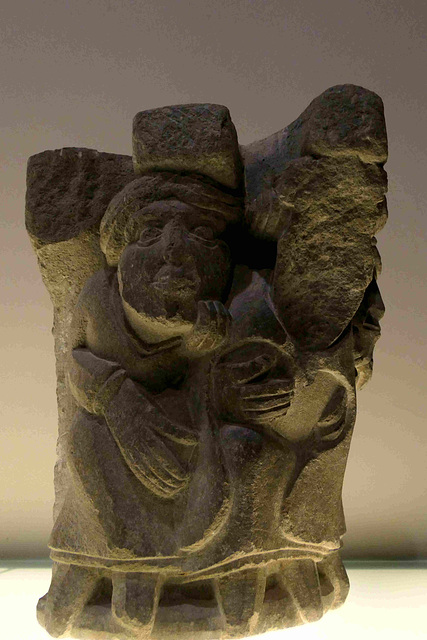Pamplona - Museo de Navarra
Pamplona - Museo de Navarra
Pamplona - Museo de Navarra
Pamplona - Museo de Navarra
Pamplona - Museo de Navarra
Pamplona - Museo de Navarra
Pamplona - Museo de Navarra
Pamplona - Museo de Navarra
Pamplona - Museo de Navarra
Pamplona - Museo de Navarra
Pamplona - Museo de Navarra
Pamplona - Museo de Navarra
Pamplona - Museo de Navarra
Pamplona - Museo de Navarra
Pamplona - Museo de Navarra
Pamplona - Museo de Navarra
Pamplona - Hostal Dom Luis
Valgañón - Nuestra Señora de Tres Fuentes
Valgañón - Nuestra Señora de Tres Fuentes
Valgañón - Nuestra Señora de Tres Fuentes
San Vicente del Valle - Nuestra Señora de la Asunc…
Villarrobledo - Santa María de Quintanilla de las…
Villarrobledo - Santa María de Quintanilla de las…
Pamplona - Museo de Navarra
Pamplona - Museo de Navarra
Pamplona - Museo de Navarra
Pamplona -Museo de Navarra
Pamplona -Museo de Navarra
Pamplona -Museo de Navarra
Pamplona - Jamón ibérico
Pamplona - Joyería Víctor Idoate
Pamplona - Gutierrez
Pamplona - Town Hall
Pamplona - Farmacia
Pamplona - Mercado de Santo Domingo
Pamplona - Café Iruña
Pamplona - Café Iruña
Pamplona - Café Iruña
Pamplona - Café Iruña
Pamplona - Farmacia de Aguinaga
Pamplona -Merceria Beatriz
Pamplona - Bar Gaucho
Pamplona - Bar Gaucho
Pamplona - Bar Gaucho
Roncevaux Pass / Puerto de Ibañeta (PiP)
Location
Lat, Lng:
You can copy the above to your favourite mapping app.
Address: unknown
You can copy the above to your favourite mapping app.
Address: unknown
Keywords
Authorizations, license
-
Visible by: Everyone -
All rights reserved
-
56 visits
Pamplona - Museo de Navarra


In 74 BC, the Roman city was founded by Pompejus on the site of a local settlement. The city served to secure the Pyrenees crossing from Roncesvalles.
Pamplona was destroyed several times in the course of its history:
466 by the Visigoths, 542 by the Franks, 778 by Charlemagne, 924 by Abd ar-Rahman III and in 1521 during the Franco-Spanish War by troops of Francis I.
Its location on the Way of St. James from France gave the capital of the Kingdom of Navarre a boom in the 11th century. With the division of Navarre, the city ultimately came to Spain.
After the conquest of the country and its incorporation into Castile in 1512-1515, Pamplona became one of the outposts of the Spanish crown on the French border. Its mission for 300 years was to secure the border against a possible invasion from France. Fortifications and walls were a vital system of defense, but at the same time prevented the city from expanding.
The museum is located in the old hospital “Nuestra Señora de la Misericordia de Pamplona” from the 16th century. However, only the facade with the main entrance and the former chapel remain of the hospital.
Attributed to Master Esteban, famous for his works in Santiago. He worked in Pamplona too.
Pamplona was destroyed several times in the course of its history:
466 by the Visigoths, 542 by the Franks, 778 by Charlemagne, 924 by Abd ar-Rahman III and in 1521 during the Franco-Spanish War by troops of Francis I.
Its location on the Way of St. James from France gave the capital of the Kingdom of Navarre a boom in the 11th century. With the division of Navarre, the city ultimately came to Spain.
After the conquest of the country and its incorporation into Castile in 1512-1515, Pamplona became one of the outposts of the Spanish crown on the French border. Its mission for 300 years was to secure the border against a possible invasion from France. Fortifications and walls were a vital system of defense, but at the same time prevented the city from expanding.
The museum is located in the old hospital “Nuestra Señora de la Misericordia de Pamplona” from the 16th century. However, only the facade with the main entrance and the former chapel remain of the hospital.
Attributed to Master Esteban, famous for his works in Santiago. He worked in Pamplona too.
Paolo Tanino has particularly liked this photo
- Keyboard shortcuts:
Jump to top
RSS feed- Latest comments - Subscribe to the comment feeds of this photo
- ipernity © 2007-2025
- Help & Contact
|
Club news
|
About ipernity
|
History |
ipernity Club & Prices |
Guide of good conduct
Donate | Group guidelines | Privacy policy | Terms of use | Statutes | In memoria -
Facebook
Twitter

Sign-in to write a comment.